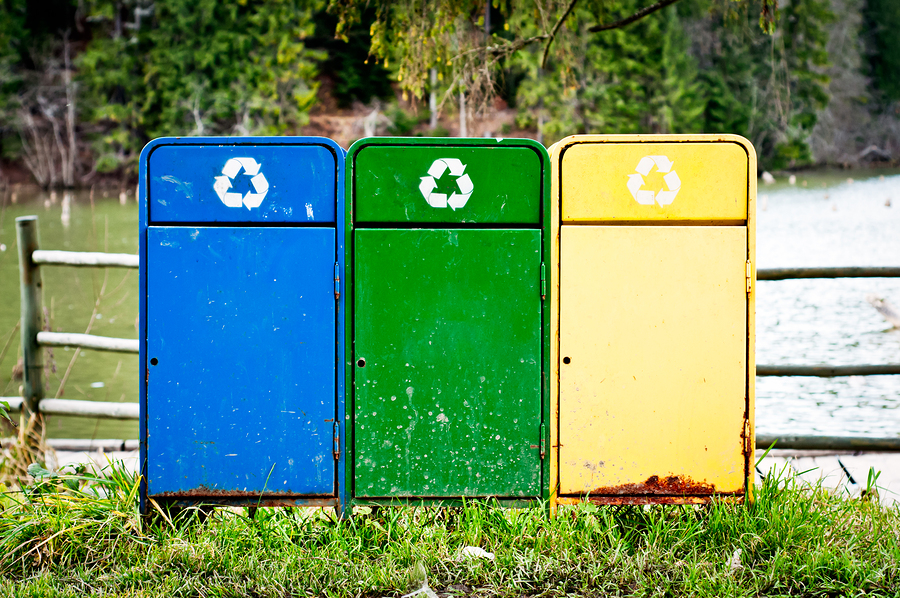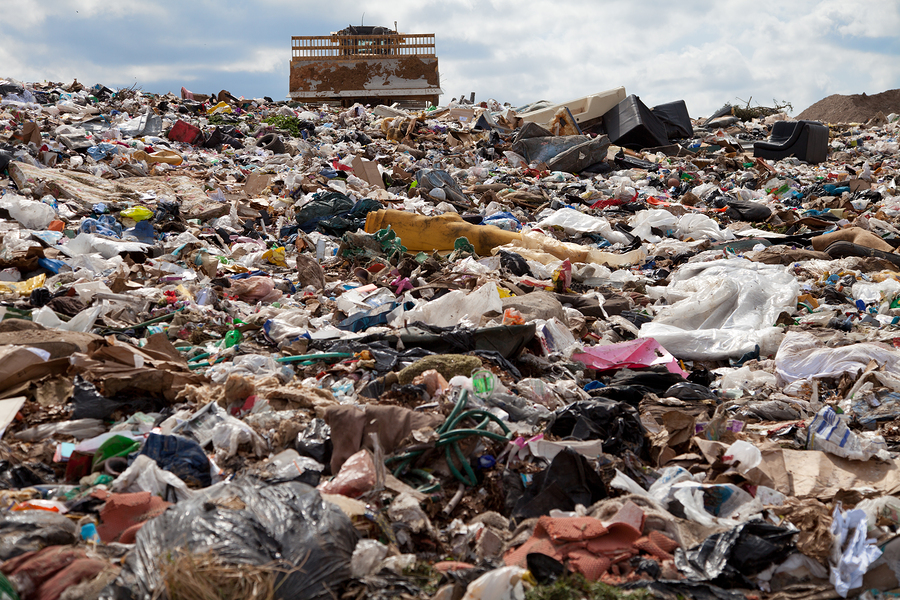After submitting a freedom of information (FOI) request, the BBC has learned that 338,000 tonnes of recyclable material in 2013/14 was diverted to landfill sites after being contaminated with inappropriate material.
Accounting for 3.5 per cent of the total household waste collected in England, the Environmental Services Association (ESA) has pointed out that the rejection rate is not reflected in the amount of household waste being captured in the recycling stream.
This increased from 10.7 million tonnes to 11 million tonnes over the same period.
Unfortunately however, the figures show that household waste sent to landfill after being diverted from recycling plants has increased by 84 per cent over the past four years.
The amounts stood at 184,000 tonnes in 2011/12.
It was found that many councils rejected resorting the material and resorted to dumping or burning it.
Kirklees Council and Greenwich Council were both found to have rejected up to 15 per cent of recyclable material due to contamination – the national average is three per cent.
A spokesperson for the Department for Environment, Food and Rural Affairs (Defra) has defended England’s recycling progress however, saying that:
It is vital for our environment and our economy that we make the most of our resources. We have made tremendous progress in boosting our recycling rate, from around 11% in 2000 to nearly 45% in 2014, but it is important that the government and local authorities work with families to make it easier to recycle and make the process less confusing.”
The Local Government Association (LGA) has also made a statement on the figures, saying that:
There is no one-size-fits-all solution to waste collection. What works in an inner city suburb won’t necessarily work in the countryside.
“The types which would suit a large detached house in the country would be completely unsuitable for a high-rise block of flats in inner-city London and vice versa.”
So what can and can’t be recycled in household waste?
Although local authorities may vary, this is what can be recycled as part of household waste:
- Paper, including cardboard, newspapers, magazines, junk mail and drink cartons
- Plastic tubs and containers
- Bottles, including drink and soap
- Tins and cans, including aerosols
- Kitchen foil
- Glass of any colour but not broken
What cannot usually be recycled:
- Tissue and kitchen rolls
- Plastic cups and cling film
- Coffee cups
- Plastic contaminated with food
- Crisp packets
- Polystyrene
- Nappies
- Soft plastic such as food pouches

